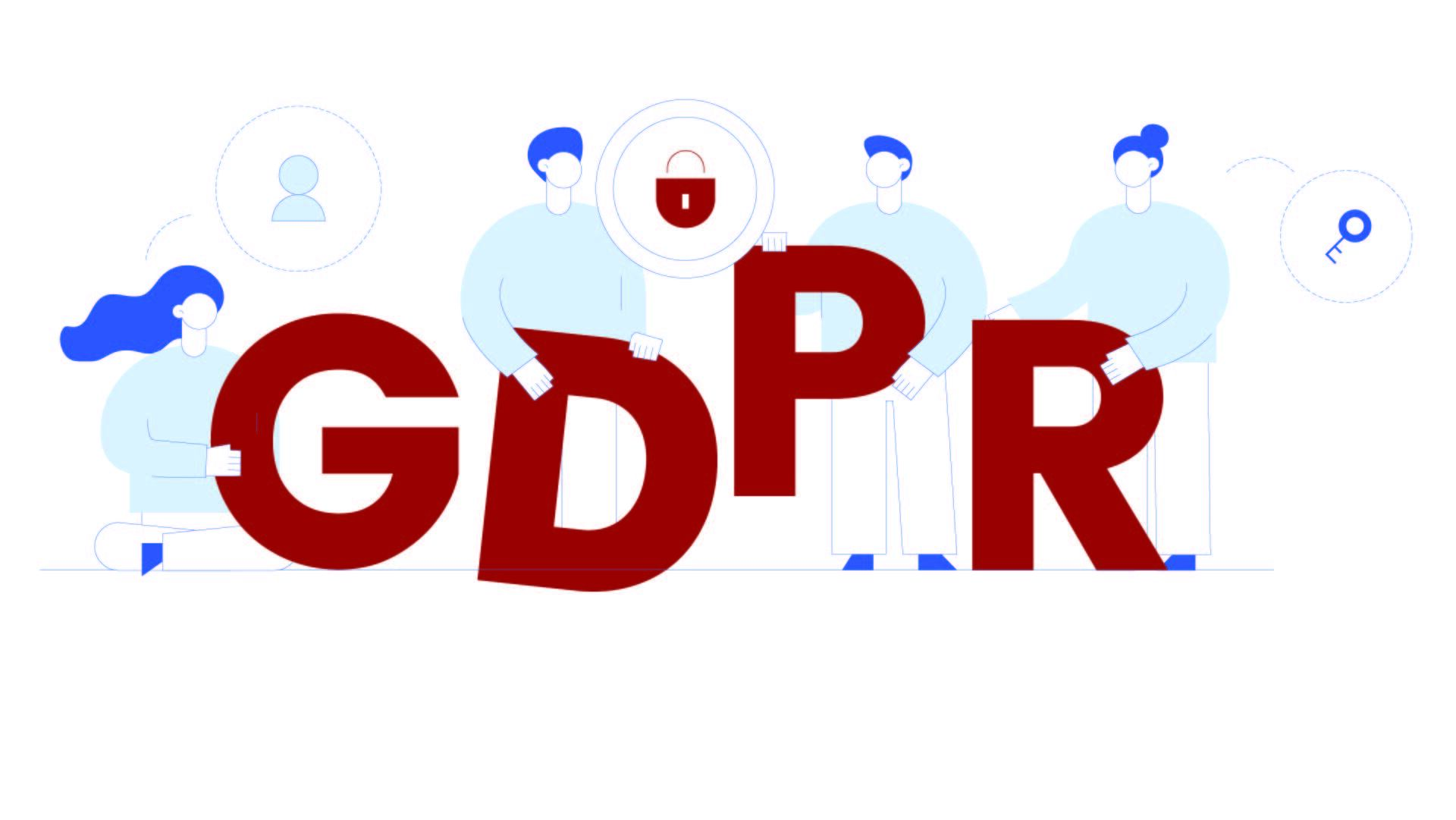How to Manage Your WordPress Users and Roles in 2023
In the ever-evolving world of web development, WordPress continues to stand as a pillar of content management. It’s no surprise that millions of websites use WordPress to fuel their online presence, given its user-friendly interface and extensive plugin ecosystem. If you’re a website owner or administrator, managing your WordPress users and roles effectively is paramount. It’s the key to maintaining the security, functionality, and accessibility of your website.
In this detailed guide, we’ll explore the ins and outs of 2023’s WordPress user and role administration. We’ll show you how to set up your website’s user management system from scratch, including how to add users, give them permissions, and optimise the system for maximum efficiency. But that’s not all; we’ll also introduce you to IDG, a digital solutions provider that can assist you in streamlining user management and enhancing the overall performance of your WordPress site.
So, let’s embark on this journey to mastering WordPress user management in 2023.
The Importance of Effective User Management
Before we dive into the technical aspects of managing WordPress users and roles, let’s understand why it’s crucial:
Security:
Limiting access to your WordPress site prevents unauthorised users from making modifications or jeopardising your data.
Efficiency:
Effective user management ensures that the appropriate individuals have the appropriate permissions, thereby expediting content creation, revising, and overall website management.
User Experience:
Appropriately assigning roles to users guarantees a seamless experience. Content creators should not be burdened with complicated parameters, and administrators must first have control.
Creating and Managing User Accounts
Let’s now study how to create and administer user accounts on your WordPress website:
Step 1: Login to Your WordPress Dashboard
Access your WordPress dashboard by adding “/wp-admin” to your website’s URL (e.g., https://www.yourwebsite.com/wp-admin).
Step 2: Navigate to Users
In the dashboard, click on “Users” on the left-hand menu. Here, you’ll see a list of your existing users.
Step 3: Add New User
Click “Add New” to create a new user account. Fill in the user’s details, including username, email, name, and password.
Step 4: Assign a Role
Choose an appropriate role for the user. Administrator, Editor, Author, Contributor, and Subscriber are some of the predefined positions available in WordPress. Every role has its own permissions.
Step 5: Send Invitation
You can choose to send the user an email notification with login details. This is useful for inviting users to collaborate on your site.
Customising User Roles
WordPress allows you to tailor user roles to your specific requirements. This is especially useful if the default responsibilities do not correspond to your website’s needs.
Step 1: Install a Role Management Plugin
You can extend WordPress’s role administration capabilities by installing plugins such as “Members” or “User Role Editor.”
Step 2: Customise Roles
Using the plugin, you can create new roles or modify existing ones. Adjust the permissions associated with each role to grant or restrict access as needed.
Step 3: Assign Custom Roles
Now, you can assign these custom roles to users just like you would with default roles.
IDG’s Expertise in User Management
Managing WordPress users and roles is essential for smooth website operation, but it can become complex as your site grows. This is where a digital agency like IDG can offer valuable assistance:
Custom User Solutions:
IDG specialises in developing custom user management solutions tailored to your website’s unique needs. Whether you require intricate role hierarchies or specialised access control, IDG can implement it.
Security Enhancements:
IDG employs advanced security measures to safeguard your user data and protect your website from potential threats.
Performance Optimization:
User management can impact website performance. IDG ensures that your user management system is optimised for speed and efficiency, even with a large user base.
Training and Support:
IDG provides training and ongoing support to help you make the most of your user management system. Their expertise ensures that your website runs smoothly and securely.
Conclusion
In 2023, the success of a WordPress website hinged on its ability to efficiently manage its users. It’s crucial for safety, productivity, and the overall quality of the service. If you follow the advice in this manual and consult with digital organisations like IDG, you may increase the likelihood that your WordPress site will succeed in the modern Internet environment.Consequently, regardless of whether you are a blogger, business proprietor, or organisation, you must master WordPress user administration to maximise the potential of your website in 2023 and beyond. You can navigate the complexities of user roles and permissions with the proper knowledge and assistance, ensuring that your website remains secure, efficient, and user-friendly.






